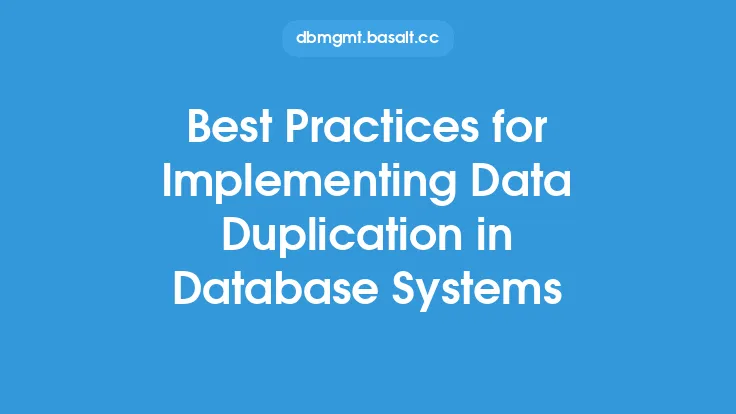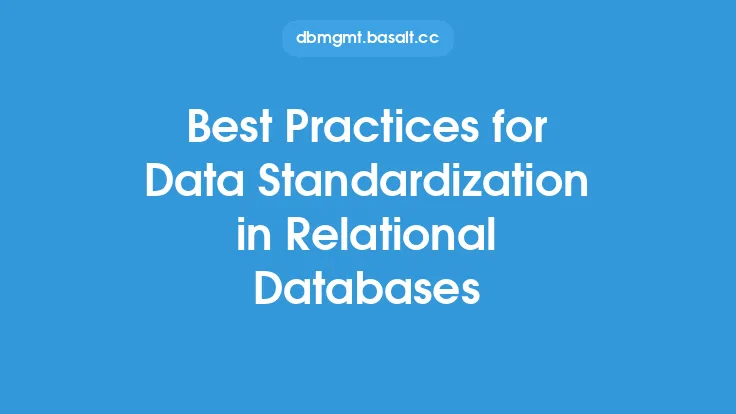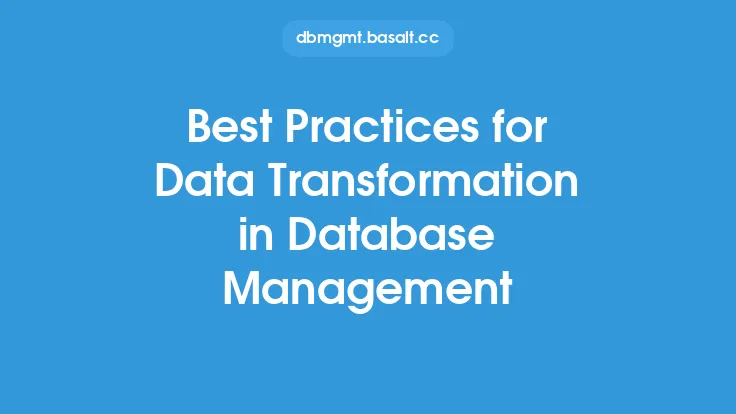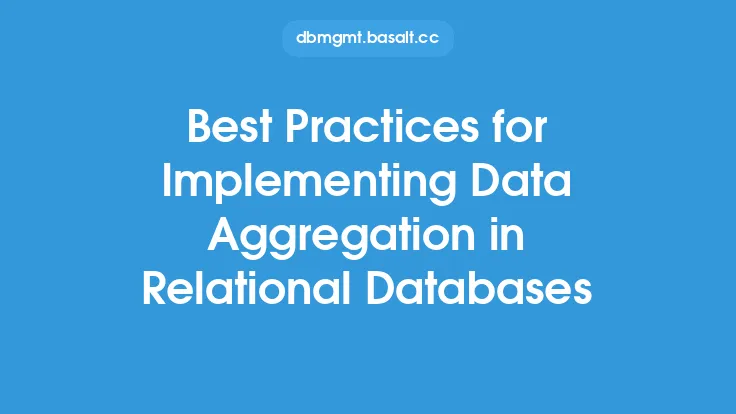Implementing data quality checks is a crucial step in ensuring the accuracy, completeness, and consistency of data within an organization. Data quality checks are a set of processes and rules that are applied to data to detect and correct errors, inconsistencies, and inaccuracies. The goal of data quality checks is to ensure that data is reliable, trustworthy, and fit for purpose. In this article, we will discuss the best practices for implementing data quality checks, including the types of checks that can be performed, the tools and techniques that can be used, and the benefits of implementing data quality checks.
Types of Data Quality Checks
There are several types of data quality checks that can be performed, including:
- Validation checks: These checks verify that data conforms to a set of predefined rules, such as checking that a date is in the correct format or that a phone number is valid.
- Verification checks: These checks verify that data is accurate and complete, such as checking that a customer's address is correct or that a product's description is accurate.
- Data profiling checks: These checks analyze data to identify patterns, trends, and anomalies, such as identifying duplicate records or detecting outliers.
- Data cleansing checks: These checks correct errors and inconsistencies in data, such as correcting spelling mistakes or filling in missing values.
- Data transformation checks: These checks convert data from one format to another, such as converting data from a legacy system to a new system.
Tools and Techniques for Implementing Data Quality Checks
There are several tools and techniques that can be used to implement data quality checks, including:
- Data quality software: There are many software tools available that can be used to implement data quality checks, such as data profiling tools, data cleansing tools, and data validation tools.
- SQL scripts: SQL scripts can be used to perform data quality checks, such as validating data against a set of rules or detecting duplicates.
- Data validation frameworks: Data validation frameworks provide a set of pre-built rules and checks that can be used to validate data, such as checking for invalid characters or incorrect formats.
- Machine learning algorithms: Machine learning algorithms can be used to detect patterns and anomalies in data, such as identifying duplicate records or detecting outliers.
Best Practices for Implementing Data Quality Checks
There are several best practices that should be followed when implementing data quality checks, including:
- Define clear data quality rules: Clear data quality rules should be defined and documented, including the types of checks that will be performed and the criteria for passing or failing a check.
- Use automated tools: Automated tools should be used to perform data quality checks, such as data quality software or SQL scripts.
- Perform regular checks: Regular checks should be performed to ensure that data remains accurate and consistent over time.
- Monitor and report on data quality: Data quality should be monitored and reported on regularly, including metrics such as data accuracy, completeness, and consistency.
- Continuously improve data quality: Data quality should be continuously improved, including refining data quality rules and checks, and implementing new tools and techniques.
Benefits of Implementing Data Quality Checks
There are several benefits to implementing data quality checks, including:
- Improved data accuracy: Data quality checks can help to improve the accuracy of data, reducing errors and inconsistencies.
- Increased trust in data: Data quality checks can help to increase trust in data, ensuring that data is reliable and trustworthy.
- Better decision making: Data quality checks can help to improve decision making, ensuring that decisions are based on accurate and reliable data.
- Reduced costs: Data quality checks can help to reduce costs, reducing the need for manual data correction and improving the efficiency of data processing.
- Improved compliance: Data quality checks can help to improve compliance, ensuring that data meets regulatory requirements and industry standards.
Challenges and Limitations of Implementing Data Quality Checks
There are several challenges and limitations to implementing data quality checks, including:
- Complexity of data: Data can be complex and nuanced, making it difficult to define clear data quality rules and checks.
- Volume of data: Large volumes of data can make it difficult to perform data quality checks, requiring significant resources and infrastructure.
- Limited resources: Limited resources, such as budget and personnel, can make it difficult to implement and maintain data quality checks.
- Evolving data landscape: The data landscape is constantly evolving, with new data sources and systems emerging all the time, making it difficult to keep data quality checks up to date.
- Balancing data quality with data privacy: Data quality checks must be balanced with data privacy concerns, ensuring that sensitive data is protected and secure.
Conclusion
Implementing data quality checks is a crucial step in ensuring the accuracy, completeness, and consistency of data within an organization. By following best practices, such as defining clear data quality rules, using automated tools, and performing regular checks, organizations can improve the quality of their data, increase trust in their data, and make better decisions. While there are challenges and limitations to implementing data quality checks, the benefits of improved data quality, increased trust, and better decision making make it a worthwhile investment.





